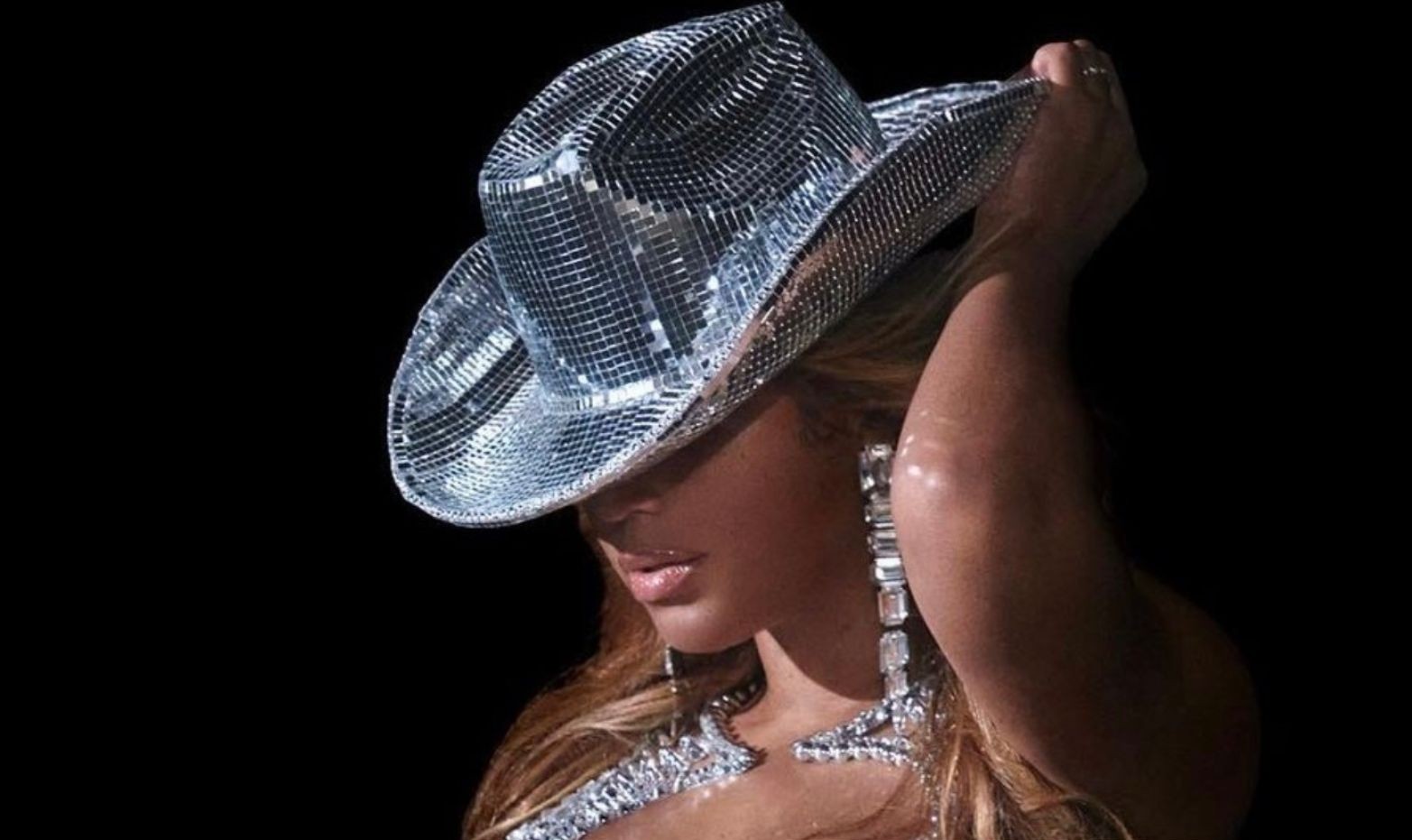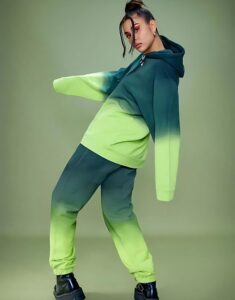By Antoine Pepper
When Beyoncé dropped her 2022 album Renaissance, she didn’t just release music; she launched a glitter-ball rocket straight into the heart of queer Black culture. She was summoning history, channeling soul, and handing the mic to the Black and African queer communities who built the very spaces she now celebrates.
With pulsating house beats, voguing rhythms, and fierce liberation energy, Renaissance is a sparkling love letter to ballroom culture, a subculture born in 1980s New York City by Black and Latino queer and trans folks. Today, it echoes across continents, from Harlem basements to Nairobi rooftops and Cape Town clubs. And Beyoncé? She turned the volume all the way up.
A Love Letter written in between Basslines
Renaissance is dripping with nods and winks to queer legends: Grace Jones, Moi Renee, Ts Madison, Big Freedia, Kevin Aviance, and Honey Dijon. Beyoncé didn’t just borrow vibes, she brought receipts. She honored the architects. For many African queer creatives, it felt like the global recognition they’d been waiting for.
This wasn’t just an album. It was an affirmation.
A sonic hug. A rhythmic crown.
In South Africa, where the ballroom scene shines in cities like Johannesburg and Cape Town, the album sparked themed balls, wild listening parties, and Instagram reels that turned into joyful declarations: “We’re here. We’ve always been here.”
Ballroom on rails of the Continent
Yes ballroom started in Harlem, but Africa is remixing it. In Kenya, collectives like Bold Network Africa throw balls blending Maasai prints with voguing flair. In Nigeria, where legal risks are high, underground scenes still sashay forward with unmatched audacity. In Ghana and Angola, LGBTQ+ youth vibe in digital communities, mixing Afrobeat swag with ballroom fashion and telling their truth with vibrant joy.
What makes African ballroom unique? It’s the fusion. Think kente meets glitter, ankara meets attitude, shweshwe meets shade.
From Ally to Amplifier
Beyoncé has always walked the ally walk, but Renaissance showed she could also voguing duck-walk in solidarity. She didn’t just stand beside queer people, she stood with them. On beat. In rhythm. Giving credit where credit was due.
Her liner notes? Not just shoutouts. They were a syllabus. A celebration. A queer archive.
For African creatives whose brilliance is often edited out of history, this was the mic drop of validation. A message loud and clear: Your rhythm, your presence, your magic, it matters. It belongs.
Frames of Resistance: An Exhibition of Queer Women’s Resilience
Now let’s leave the club and step into the gallery.
In the heart of Accra, something bold and beautiful unfolded. An exhibition titled “Frames of Resistance” lit up the art world like a rainbow spotlight. Curated by Ghanaian visual artist Ama Nyarko and powered by the Pan-African Queer Arts Collective, this show didn’t whisper its truth, it sang it in full color.
The exhibition was a vibrant showcase of portraits, installations, textiles, and multimedia works that put queer African women front and center, not as shadows or side notes, but as stars of survival. Think raw intimacy, regal beauty, ancestral power, with edge.
One unforgettable piece, “Veil of Survival,” led viewers down a corridor of blood-red and royal purple fabric. Trauma and royalty entwined. At the end? A mirror etched with “Still Here.” Mic. Drop.
Another showstopper, “Her Voice Was Thunder,” featured audio recordings of queer African women telling stories of protest, poetry, heartbreak, and home. You didn’t just listen, you felt it in your bones.
In places where queerness is criminalized, exhibitions like this are revolutionary. They reclaim space. They archive joy. They shout back at silence.
And the world is watching. Major institutions like the Philadelphia Museum of Art, Palm Springs Art Museum, and Leslie-Lohman Museum of Art in NYC are taking notes and opening doors. But it starts here, with African voices, African stories.
As one visitor whispered, “The gallery became a full Blown community.”
It was sacred. Alive. Real.
Frames of Resistance didn’t sugarcoat the queer experience. It didn’t ask for pity. It demanded presence. It screamed: Queer African women exist. They love. They fight. They create.







